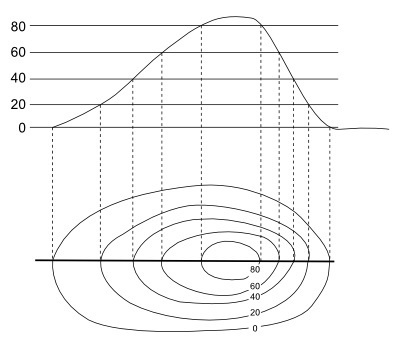THE Vienna Convention on the Law of Treaties (CVDT) was a meeting held in 1969 with the objective of defining and standardizing issues related to international treaties.
The resolutions of the Vienna Convention entered into force in 1980 when it was ratified by 35 countries.
History of the Vienna Convention

An international treaty is the main source recognized by International Public Law, whether theoretically or practically.
With the reduction of borders, the increase of international trade as well as the means of communication, it was necessary to regularize the norms that govern international treaties.
It was therefore necessary to establish a legal framework on the agreements signed between the States.
For this reason, the UN International Law Commission begins to prepare several documents related to the subject, soon after its foundation. These are presented and voted on at the 1969 Vienna Traditions Convention.
The Vienna Convention on the Law of Treaties (CVDT) provides:
Treaty Definition
The treaty is a written convention signed between two States and governed by national law. This means that agreements between a state and an international body are not considered a treaty.
Likewise, the “declarations” or “memorandums of understanding” that countries may conclude among themselves are not considered treaties.
Pacta Sum Servanda
Treaties need to be fulfilled, as the Latin expression states, pacta sum servanda. This means that the signatory States must comply with what has been stipulated.
Validity of a Treaty
The treaty must be signed by the Head of State (or his representative) and ratified by parliament. In some countries, including France, it is submitted to a referendum for its approval.
In Brazil, the approval of the Congress of Deputies and the Senate is required.
The Vienna Convention does not stipulate a deadline for the treaties to begin to be complied with, but it relies on the good faith of the States to do so as soon as possible.
1986 Vienna Convention
With the objective of covering the agreements concluded between States and international organizations or just between the international organizations themselves, a new convention was created.
For this reason, again in Vienna, in 1986, all the legal issues regarding the treaties signed between States and non-States were regulated.
Brazil and the Vienna Convention
Brazil ratified the Vienna Convention on October 25, 2009 through Decree No. 7030/09.
However, the country already complied with the norms of this Convention as it was a matter of customary law.
That is to say, the right of customs; in other words: as the country has always observed the International Treaties, Brazil already considered the decisions of Vienna, even before waiting for the internal approval of the parliament.
Curiosities
- The oldest treaty concluded by two states dates back to thirteen centuries before Christ between the Egyptians and the Hittites.
- Before the Vienna Convention, there was an attempt to make a treaty regulation in the city of Havana in 1929.
- As the Vienna Convention is the regulatory framework on this matter, it ended up being known as "Treaty of Treaties".
Check the decree in full by downloading the PDF here: Decree No. 703/09.
Read more about this subject:
- globalization
- economic globalization


